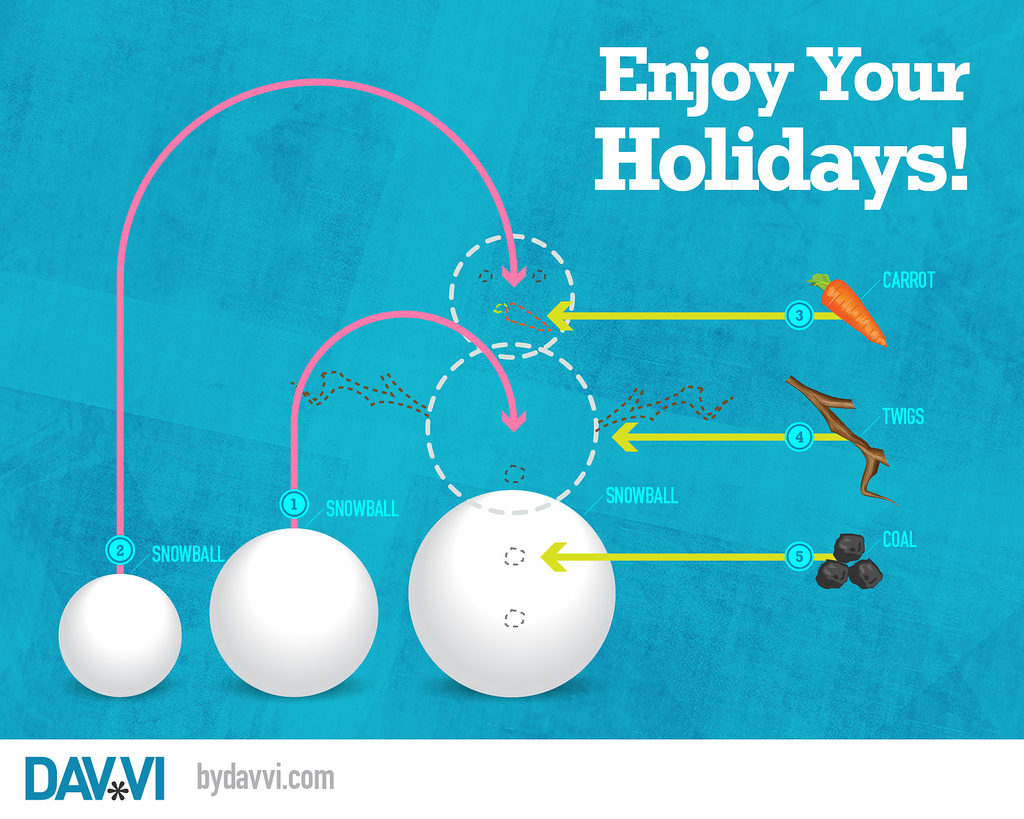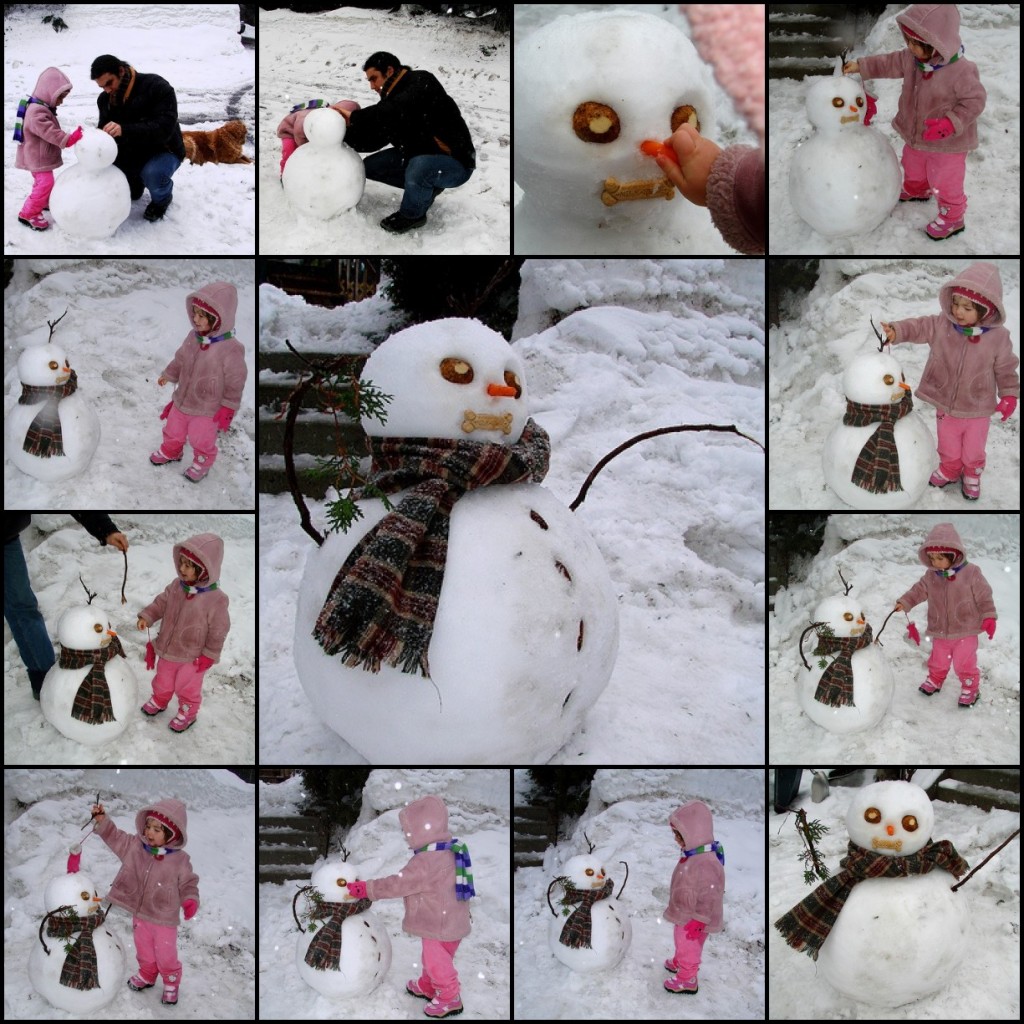3 Ways to use Winter Themes in Speech Therapy
With the winter weather upon us, it only makes sense to incorporate Jack Frost into our speech therapy. At home, parents can try a variety of techniques in the snow while speech therapists in the classroom can carryover concepts at the tabletop or in great books to infuse winter words into therapy.
1.) Sequencing a Snowman
Whether on paper or in snow play, building a snowman is a classic activity that anyone can get involved in. Because it is a multi-step task, parents and therapists can target a variety of speech goals. Try focusing on sequencing for this particular task. Sequences are the logical steps we take to enact a plan. They can be hard for some children to understand or create on their own. Here’s how to help:
- Create a plan of how you and your child will build the snowman.
- List the steps aloud first, in order, or write them down.
- Make sure to use language concepts such as “first” and “next” or “top” and “bottom” to specify where and what you’ll do.
- Make sure the order makes sense (you can’t jump right to decorating if you haven’t stacked your snowballs yet).
- Let your child problem solve if they do give incorrect answers.
- Ask, “does that make sense?” and discuss the reason why the head comes before the eyes.
2.) Hot Cocoa Articulation
Doing speech drills can be a boring activity, until you add marshmallows.
- For Articulation: Ask your child’s speech therapist for a list of words or speech sounds to practice at home. If you’re working on articulation, you probably already have some! Place your hot cooca on one side of the table, and your child’s on another. Standing on opposite sides, take turns practicing the therapy targets – for every correct answer or sound production, the player throws a marshmallow into their cup from across the table. The person with the most marshmallows at the end gets to add some whip cream or peppermint for added incentive!
- For Language Concepts: Use a variety of marshmallows (big, little, multicolored, Lucky Charms pieces, peeps) and practice sorting them into different hot cocoa mugs to discuss concepts. Then, talk about the differences between each mug (This mug has all big marshmallows, this mug has only one big marshmallow). Children can take orders from friends and family and ask which size marshmallow they would like and fulfill the order—a great an tasty language task!
If sweet treats aren’t your family’s thing, try other winter vegetables that can still be exciting because they are seasonal and interesting to talk about. Any new food that has great textures, tastes, sizes or shapes is good of eating AND encouraging language. Consider taking your child shopping with you and describing the new winter foods in the isles.
3.) Read a winter book
Reading books, especially by the fire is a great way to discuss winter vocabulary. Here are some great suggested reads:
Ten on the Sled
A fun book about animals sledding faster and faster down the hill. Great for verb vocabulary and learning new descriptors. As each falls off the sled you’ll read great lines like: “Seal spilled out,” “hare hopped out,” “sheep shot out.”
When it Starts to Snow
Another good read about animals in winter, each animal along the way says what it will do and where it will go when the snow starts to fall from the sky. Great for questions and answers, making predictions (what do you think the ani animal will say?)
The Gruffalo’s Child
In search of the “big, bad mouse” a small monster called a Gruffalo wanders into the winter woods a night and encounters a colorful cast of characters along the way. The winter forest is a great setting for discussing animals that hibernate and how different animals make tracks in the snow.




